Pilates is a specific physical exercise regime that anatomist Joseph Pilates developed in the early 20th century.
Joseph Pilates developed 34 exercises and, this classical method focused on centring, concentration, control, precision, breath and flow.
We are creatures of habit. We walk a certain way; we mould our bodies to fit our shoes, chairs and desks. So a sprained ankle, sore knee, stiff hip or back go away. However, our muscles can get out of balance through overuse and poor use. Pilates can help to counteract this and restore balance and ease of movement.
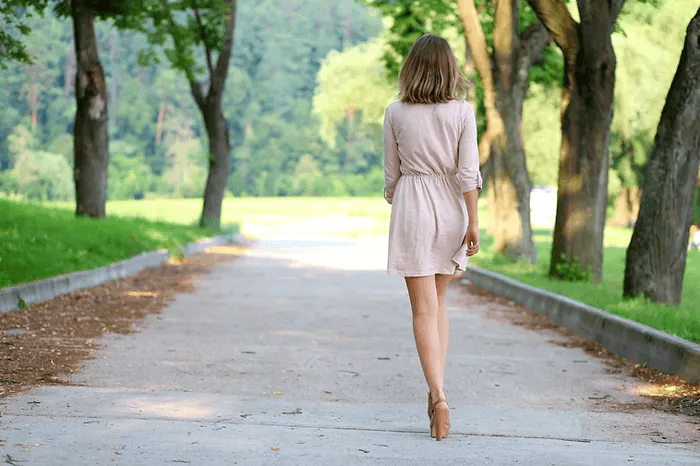
As a complete beginner, Pilates is a great introduction to exercise. A low-impact form of movement that will improve balance and coordination. Fewer and smaller movements mean you are less likely to injure yourself.
There are six principles:
1. Concentration.
2. Control.
3. Centre.
4. Breath.
5. Precision.
6 Flow.
These six principles lead to improvements in body awareness, posture, and total body conditioning—a great way to start a new fitness regime.
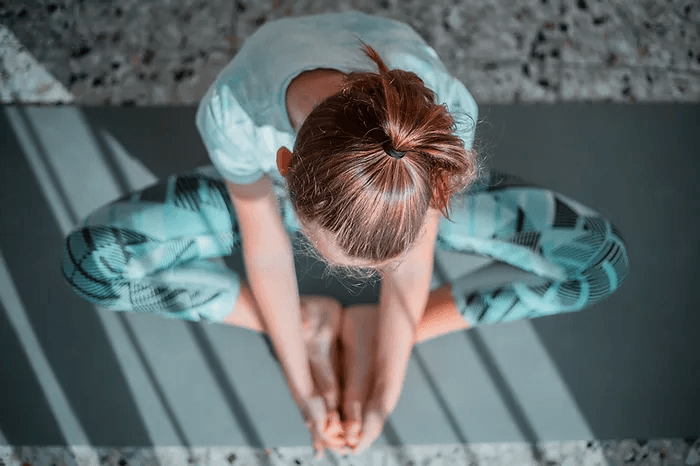
The World Health Organization defines health as “a complete state of physical, mental and social well-being and not merely the absence of disease or infirmity” (WHO 2006). The effects of Pilates and Yoga participants on engagement in functional movement and individual health level. Read more here
Stress-relieving benefits.
Pilates is generally slower-paced and focuses on breath, this can be meditative and stress relieving. In addition, the concentration required and deep focus on precision of movement can help give your mental health a boost. Depression, trauma and low mood can all improve by balancing hormones from physical exercise and breathwork which calm the mind and body.

Pre-habilitation and rehabilitation.
The slower pace and controlled movements used in Pilates, along with precise adaptations for specific injuries, conditions and chronic pain, mean the Pilates method can reduce joint and back pain and improve posture.
In addition, a modified Pilates session will prepare the body for surgery, and post surgery have therapeutic and restorative benefits.
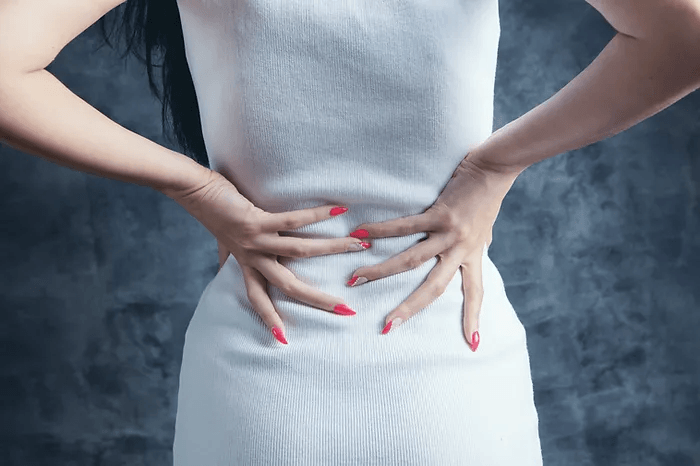
I believe that a component in restoring function and reducing reoccurrence is changing peoples habits. Keep moving, improve poor and repetitive movement strategies. Make time for yourself, making regular movement part of your everyday life. Application of Pilates-based exercises in the treatment of chronic non-specific low back pain.
A Pilates-based workout targets your “powerhouse”, your core (the abdominals, lower back, pelvic floor and diaphragm). One of the Pilates sessions aims is to keep the movements flowing. It is challenging to keep movements controlled, precise, and flowing simultaneously, maintaining a steady breathing pattern and focusing on how each part of the body feels. As a result, you will often hear the phrase, “If it’s easy, it’s probably not Pilates”. However, when watching a class, it should look effortless.
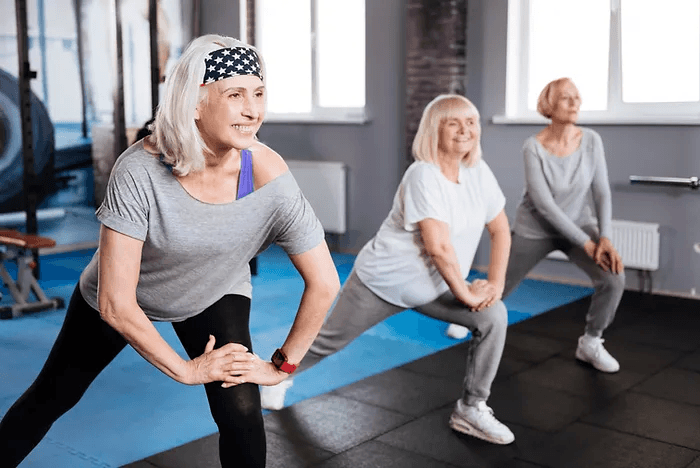
Age, ability and most injuries and medical conditions need not be barriers. Pilates exercises are easy to learn, and an experienced and appropriately trained instructor will modify each workout to fit each participant. Getting started is best done with a 1-2-1 session and then joining a beginner level or Pilates for all group classes.
Alongside flattening the tummy or trimming the waist, Pilates can improve your posture, reduce tension in the body and reduce chronic pain. So Pilates needs to become part of your everyday life. Three 1 hour sessions weekly have been shown to improve functional movement. Two 1 hour sessions weekly will improve abdominal endurance and hamstring flexibility. Shoulder blade stabilisation and upper body muscular endurance also improve with good queuing.
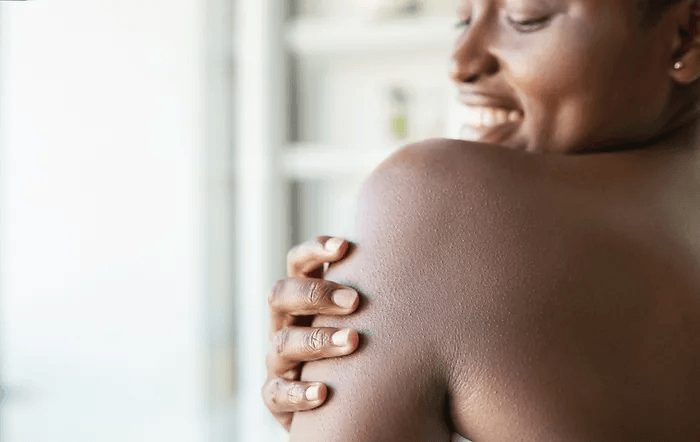
You might be a little bit sore the day after a workout, especially if new to Pilates. The tummy may feel as if you have worked. However, you should not feel pain in your low back. A sore back needs mentioning to your instructor; it could be due to overworking, poor position, or inability to control your movement yet. Trying too hard is very common and is one of the things that can lead to problems around the shoulders.
